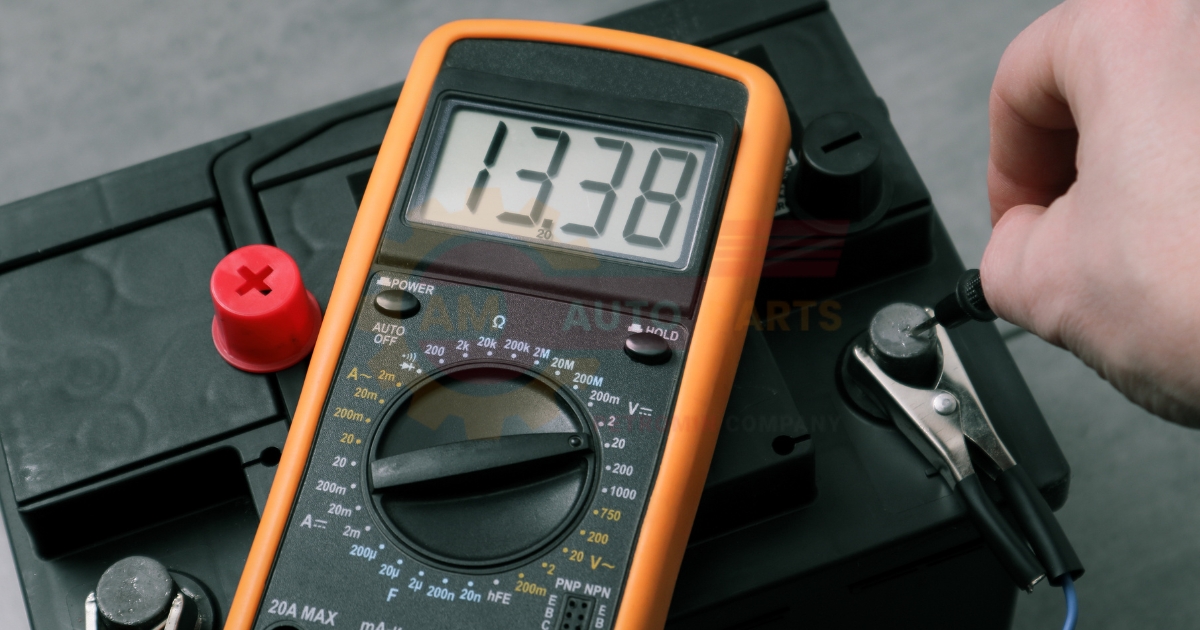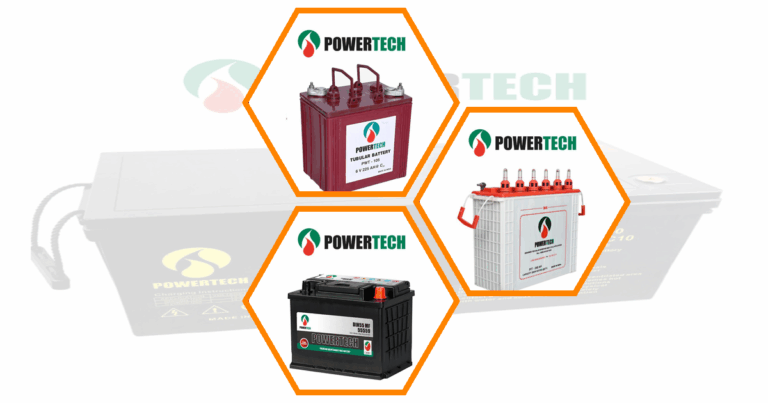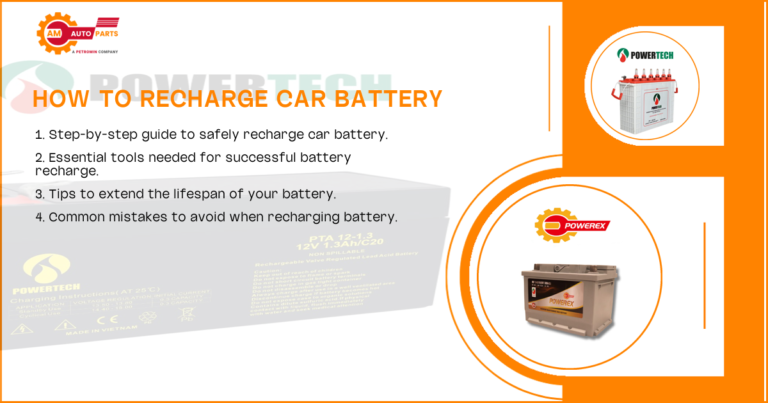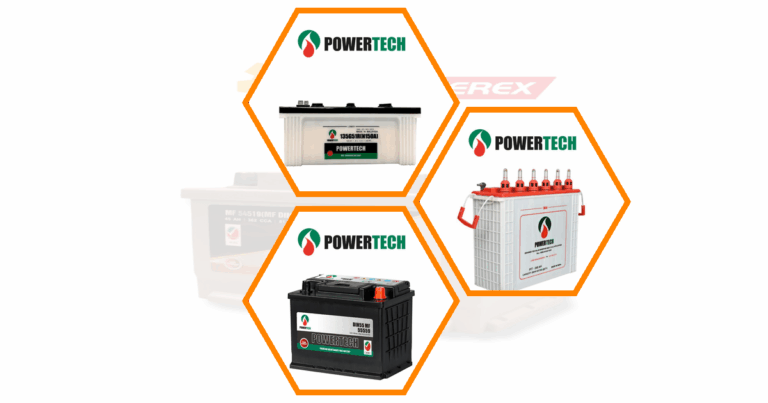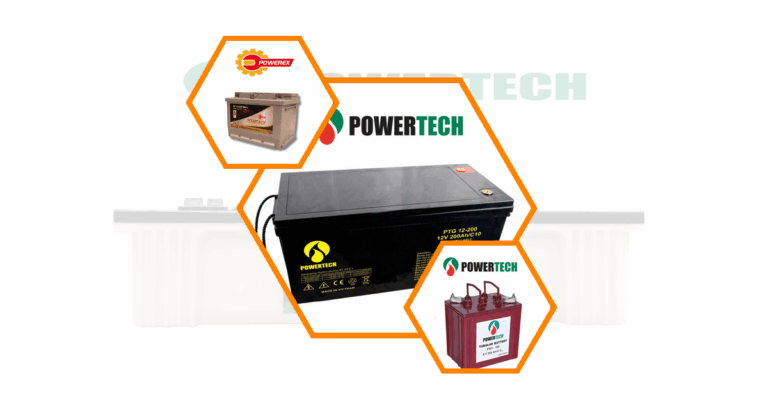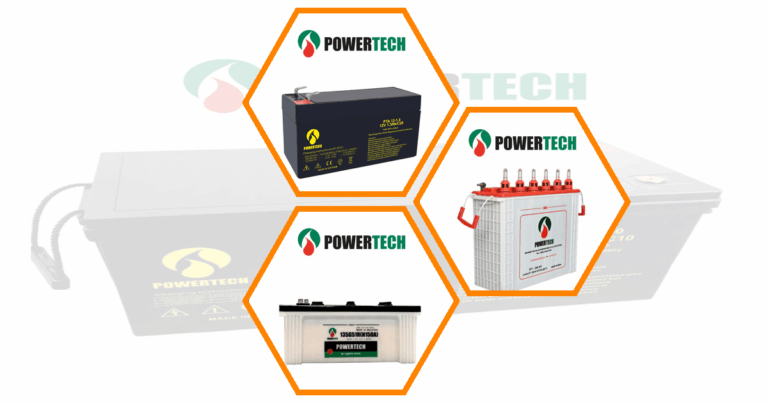What Is a 12V Car Battery?
Car batteries are the lifeblood of a vehicle’s electrical system, providing the necessary power to start the engine and run various electronic components. Among the different types of car batteries, the 12V car battery stands out as the standard for most vehicles. Understanding what a 12V car battery is and its various uses and types can help you make informed decisions about your vehicle’s power needs.
What Is a 12V Car Battery?
A 12V car battery is a rechargeable battery that supplies 12 volts of electrical power to a vehicle. It is composed of six cells, each producing approximately 2.1 volts, connected in series to provide a total of 12.6 volts when fully charged. This type of battery is essential for starting the engine, powering the lights, and running other electrical systems in the car.
The Role of a 12V Battery in a Car’s Electrical System
The 12V battery plays a crucial role in a car’s electrical system. It provides the initial power needed to start the engine and supplies energy to the ignition system, fuel system, and other electronic components. Once the engine is running, the alternator takes over, recharging the battery and powering the vehicle’s electrical systems.
- Starting the Engine: Provides the necessary power to crank the engine.
- Powering Electronics: Supplies energy to lights, radio, and other electronic devices.
- Backup Power: Acts as a backup power source when the alternator is not functioning.
Understanding the Different Types of 12V Batteries
Flooded Lead-Acid Batteries
Flooded lead-acid batteries are the most common type of 12V car batteries. They consist of lead plates submerged in a sulfuric acid solution, which acts as the electrolyte. These batteries require regular maintenance, including checking the electrolyte levels and topping up with distilled water.
- Characteristics: Affordable, widely available, and reliable.
- Maintenance Requirements: Regularly check and refill electrolyte levels.
Sealed Valve-Regulated Lead-Acid (VRLA) Batteries
VRLA batteries are sealed and do not require regular maintenance. They are designed to recombine gases internally, preventing the loss of electrolyte. These batteries are ideal for vehicles where maintenance access is difficult.
- Advantages: Maintenance-free, spill-proof, and safer to use.
- Best Used In: Vehicles with limited maintenance access.
Gel 12V Batteries
Gel batteries use a gel-like electrolyte, which makes them more resistant to vibration and extreme temperatures. They are ideal for off-road vehicles and applications where durability is essential.
- Unique Properties: Vibration-resistant, performs well in extreme temperatures.
- Ideal Applications: Off-road vehicles, marine applications.
AGM 12V Batteries
Absorbent Glass Mat (AGM) batteries use a fiberglass mat to absorb the electrolyte, making them spill-proof and maintenance-free. They offer high performance and are suitable for high-demand applications.
- Benefits: High performance, maintenance-free, spill-proof.
- Performance Features: Fast charging, deep cycle capabilities.
Lithium-Ion 12V Batteries
Lithium-ion batteries are the latest advancement in battery technology. They are lightweight, have a longer lifespan, and offer higher efficiency compared to traditional lead-acid batteries.
- Technological Advancements: Lightweight, longer lifespan, higher efficiency.
- Efficiency: Faster charging, more energy-dense.
How to Choose the Right 12V Battery for Your Vehicle
Factors to Consider When Selecting a Battery
Choosing the right 12V battery for your vehicle involves considering several factors, including the battery’s size, capacity, and compatibility with your vehicle’s electrical system.
- Size: Ensure the battery fits in the designated space.
- Capacity: Choose a battery with the appropriate amp-hour (Ah) rating.
- Compatibility: Verify that the battery is compatible with your vehicle’s electrical system.
Importance of Battery Specifications and Compatibility
Understanding battery specifications, such as cold cranking amps (CCA) and reserve capacity (RC), is crucial for selecting the right battery. These specifications determine the battery’s ability to start the engine in cold weather and provide power when the alternator is not running.
- Cold Cranking Amps (CCA): Measures the battery’s ability to start the engine in cold temperatures.
- Reserve Capacity (RC): Indicates how long the battery can provide power without the alternator.
The Lifespan and Maintenance of a 12V Car Battery
Average Lifespan of a 12V Battery
The average lifespan of a 12V car battery is typically between 3 to 5 years. However, this can vary depending on factors such as driving habits, climate, and maintenance practices.
- Driving Habits: Frequent short trips can shorten battery life.
- Climate: Extreme temperatures can affect battery performance.
- Maintenance Practices: Regular maintenance can extend battery life.
Tips for Extending Battery Life and Performance
Proper maintenance and care can significantly extend the lifespan and performance of your 12V car battery. Here are some tips to help you get the most out of your battery:
- Regular Inspections: Check the battery terminals for corrosion and clean them as needed.
- Proper Charging: Avoid overcharging or undercharging the battery.
- Secure Mounting: Ensure the battery is securely mounted to prevent vibrations.
What to Do When Your Car Battery Is Dead
Step-by-Step Guide on Handling a Dead Battery
Dealing with a dead car battery can be frustrating, but knowing the right steps can help you get back on the road quickly. Here’s a step-by-step guide:
- Safety First: Turn off the engine and all electrical components.
- Check Connections: Inspect the battery terminals for corrosion or loose connections.
- Jump-Start: Use jumper cables and a second vehicle to jump-start the battery.
- Test the Battery: Once the car is running, test the battery to determine if it needs replacement.
Jump-Starting vs. Replacing a Battery
Deciding whether to jump-start or replace a dead battery depends on its condition. If the battery is old or has been jump-started multiple times, it may be time for a replacement.
- Jump-Starting: Temporary solution for a dead battery.
- Replacing: Necessary if the battery is old or damaged.
How to Dispose of a Dead Car Battery Responsibly
Environmental Concerns and Proper Disposal Methods
Car batteries contain hazardous materials, such as lead and sulfuric acid, which can harm the environment if not disposed of properly. It’s essential to follow proper disposal methods to minimize environmental impact.
- Hazardous Materials: Lead, sulfuric acid, and other toxic substances.
- Proper Disposal: Take the battery to a recycling center or authorized disposal facility.
Recycling Options and Why It’s Important
Recycling car batteries is crucial for reducing environmental pollution and conserving natural resources. Many auto parts stores and recycling centers accept old batteries for recycling.
- Environmental Benefits: Reduces pollution and conserves resources.
- Recycling Centers: Many auto parts stores and recycling centers accept old batteries.
Common Uses for 12V Batteries Beyond Cars
12V batteries are not limited to automotive applications. They are also used in various other devices and systems, providing reliable power for different needs.
- Recreational Vehicles (RVs): Powering lights, appliances, and other electronics.
- Marine Applications: Used in boats for starting engines and running electrical systems.
- Backup Power Systems: Providing emergency power for homes and businesses.
How to Get a Clean 12V from a Car Battery
To get a clean 12V output from a car battery, you can use a voltage regulator. Voltage regulators help maintain a stable voltage level, ensuring that your devices receive consistent power.
- Voltage Regulators: Maintain stable voltage levels.
- Consistent Power: Ensures devices receive reliable power.
Powering Devices with a 12V Car Battery
Using a 12V car battery to power other electronics requires caution. It’s essential to use the appropriate connectors and ensure that the devices are compatible with the battery’s voltage and current output.
- Safety First: Use appropriate connectors and ensure compatibility.
- Device Compatibility: Check voltage and current requirements.
Conclusion
Understanding what a 12V car battery is and its various types and uses can help you make informed decisions about your vehicle’s power needs. Whether you’re choosing a new battery, maintaining an existing one, or exploring other applications, having the right knowledge is essential for optimal performance. Battery connection sequence Connect the positive terminal first then attach the negative terminal to complete the circuit and power your device
Vehicle power storage helps cars and trucks keep energy for later use Batteries in electric vehicles are a type of Car battery replacement timing Most car batteries last 3 to 5 years before needing replacement but this can vary based on usage and climate conditions
Battery voltage range The Charge depleted battery means your device has no power left You need to plug it in to recharge the
